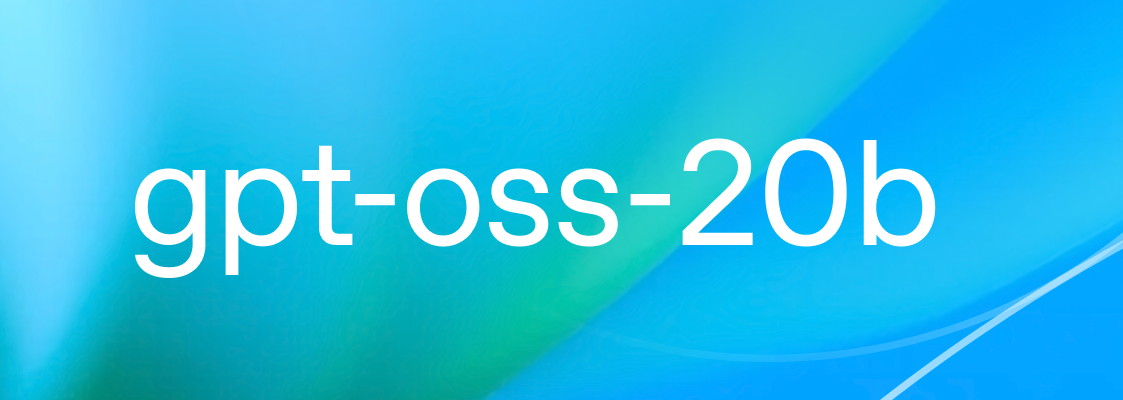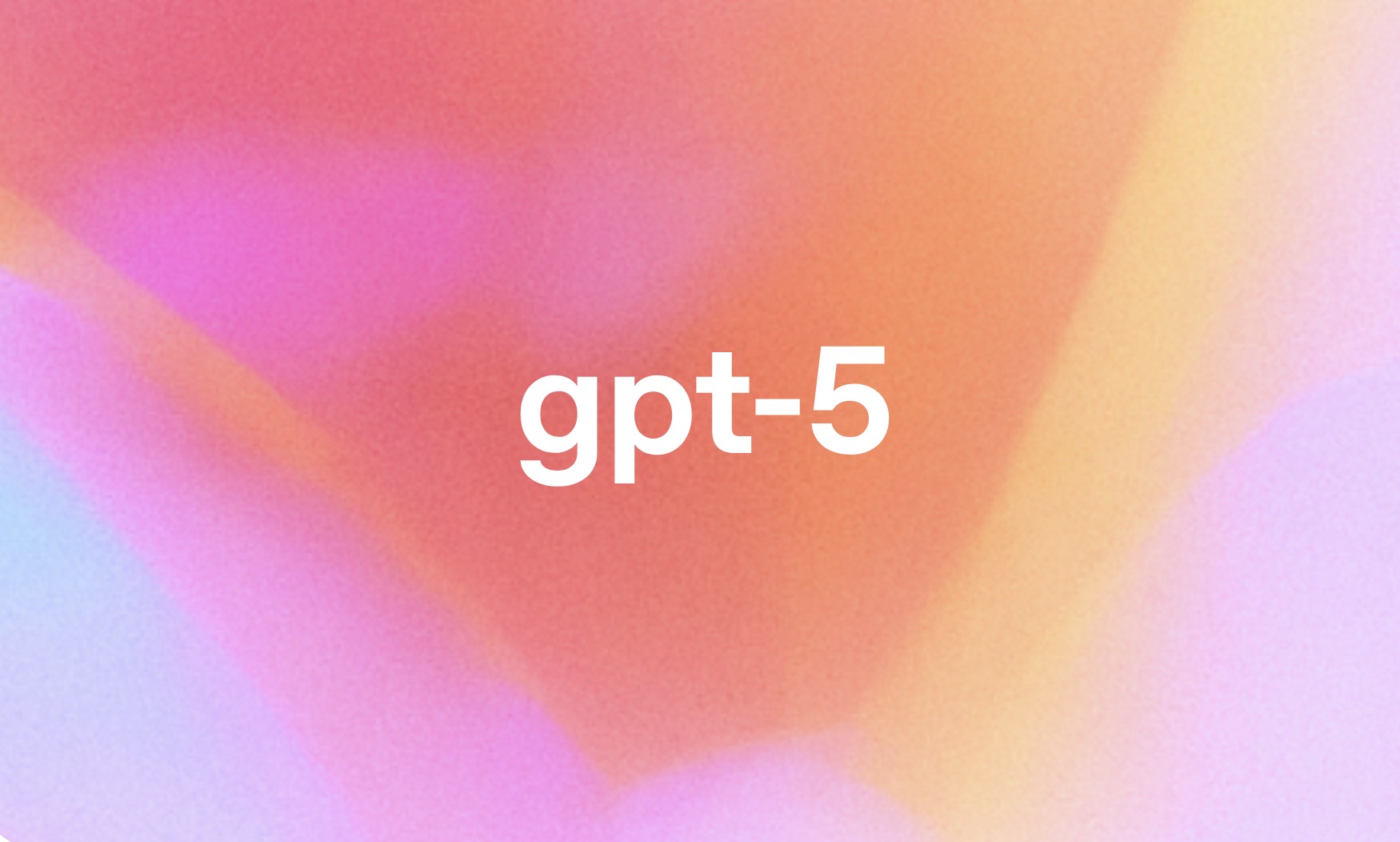Recommended Models

Grok 4 is xAI’s most advanced reasoning model. Excels at logical thinking and in-depth analysis. Ideal for insightful discussions and complex problem-solving.
Updated 3 weeks, 2 days ago
12.7K runs

 lucataco/gpt-oss-safeguard-20b
lucataco/gpt-oss-safeguard-20bclassify text content based on safety policies that you provide and perform a suite of foundational safety tasks
Updated 1 month ago
12 runs

 openai/gpt-5
openai/gpt-5OpenAI's new model excelling at coding, writing, and reasoning.
Updated 2 months, 2 weeks ago
704.3K runs

 curt-park/sentiment-analysis
curt-park/sentiment-analysisSentiment Analysis with Texts
Updated 1 year, 9 months ago
4.9K runs

 georgedavila/bart-large-mnli-classifier
georgedavila/bart-large-mnli-classifierZero-shot classifier which classifies text into categories of your choosing. Returns a dictionary of the most likely class and all class likelihoods.
Updated 1 year, 11 months ago
4.3K runs

 fofr/prompt-classifier
fofr/prompt-classifierDetermines the toxicity of text to image prompts, llama-13b fine-tune. [SAFETY_RANKING] between 0 (safe) and 10 (toxic)
Updated 2 years, 2 months ago
1.9M runs